By its structure and the services it provides, the Libyan banking system reflects both the almost total dependence of the country’s economy on oil production and the omnipresence of the state.
Serving above all to collect oil revenues and the salaries of employees of a hypertrophied public sector, it has developed little, has not innovated and suffers from a lack of confidence among economic players, in Libya as well as in France. ‘foreigner. Even more fragile today, in a context of political, health and economic crisis, the Libyan banking sector will have to be the subject of significant reforms and modernization efforts in order to support the reconstruction of the country.
The Libyan banking system has long been underdeveloped, underperforming and dominated by the public sector.
According to the study published in February 2020 by the World Bank, the Libyan banking system consists of the two branches of the Central Bank of Libya (BCL), 19 commercial banks, and 4 specialized banks (Agricultural Bank, Savings and Real Estate Investment Bank, Development Bank and RIFI Bank).
The Libyan Central Bank is both the regulator of the banking sector and the sole or majority shareholder of six commercial banks.
These banks hold 90% of the deposits and loans of the entire banking system. The Central Bank also acts as a commercial bank on certain occasions. It issues letters of credit and makes commitments on certain state enterprises. The accumulation of the central bank’s prerogatives is problematic: it favors conflicts of interest (laissez-faire that would benefit public banks, granting loans to beneficiaries with interpersonal skills, etc.). The institution’s regulatory mechanisms are failing.
There is no credit rating for banks, bankers are not required to exercise due diligence, and transparency mechanisms are not properly applied. These shortcomings are one of the main causes of the international isolation of the Libyan banking sector.
Although globally displaying a high level of assets and a strong market penetration, commercial banks are not able to develop the banking services required by the economic actors of the country.
Employing nearly 20,000 people, but having a small network (520 branches in 2016), commercial banks pride themselves on contributing to the high level of financial inclusion in Libya (in 2017, 66% of adults had a bank account, compared to 37% in Tunisia or 29% in Morocco).
But this score is mainly the result of the large number of accounts opened by state-controlled banks for the benefit of public officials (over 80% of the working population) to collect their salaries and offering few services.
In terms of capitalization, the banking sector seems to be progressing, with an estimated asset value of 115.8 billion LYD in 2019 (up 28.4% over 4 years). But these amounts, in the absence of an audit, appear greatly overestimated and include many bad debts, especially with state enterprises. If the money seems available in Libya, it is difficult to mobilize and the support for businesses by Libyan banks remains timid (and almost non-existent for SMEs despite a technical assistance program from Expertise France to create in each bank a department in charge of SMEs.
They have neither the information (absence of a bankruptcy register enabling the reliability of a borrower to be verified, or a cadastre to identify land and buildings to be pledged), nor sufficient capacity to make informed credit decisions. Much of the business of Libyan commercial banks therefore consists of issuing letters of credit to importers.
The involvement of foreign banks is very limited.
By developing their activities in Libya, they expose themselves to a significant political risk to which is added an operational risk (lack of training of agents in the sector), financial and reputation (suspicion of non-compliance with international sanctions). Despite these risks, some Italian, Spanish and German banks continue to operate with Libyan economic players.
The sector is today weakened by the division of the country. The severe crisis that led to the civil war and the division of the country did not spare the banking sector.
The partition in 2016 between the internationally recognized government of Fayez al Sarraj in Tripoli and that of General Haftar in the east of the country also applied to the central banking institution. Two bodies have shared the prerogatives of the Central Bank: the BCL of Tripoli, which reports to the government of national unity, recognized by the UN, and the eastern branch, based in Bayda, which depends on the government of General Haftar.
This split has undermined the country’s monetary and fiscal policies: the two central banks issue money without coordinating. More than half (46 of 88 billion LYD) of deposits of commercial banks and public enterprises at the central bank are held by the Bayda branch.
Its balance sheet reached a total of 63 billion LYD in June 2020, largely used to finance the budget of the interim eastern government. In 2020 the UN launched, at the request of Fayez Al-Sarraj, an independent audit of the two branches of the central bank. Its objective is to restore integrity, transparency and confidence in the Libyan financial system and to create the conditions for the unification of Libyan financial institutions.
The audit report, presented to the government on July 8, 2021, shows a total balance sheet of the central bank of Tripoli of 196 billion LYD in June 2020 (+ 22% compared to September 2014), a doubling of currency in circulation to 39 billion LYD, and a slight decrease of 10% in foreign exchange reserves to 103 billion LYD.
These reserves are mainly used to provide households with foreign currency and finance imports through the granting of letters of credit. Credits to the state budget more than tripled to LYD 71 billion to offset the decline in oil resources.
The Libyan banking sector is, however, key to the country’s recovery.
This international audit is a first step towards the essential reunification of the Central Bank, suggesting the possibility of implementing a real monetary policy and a more fair and transparent redistribution of oil revenues. These are all essential conditions to emerge from the current crisis and restore integrity, transparency and confidence in the Libyan banking system. The World Bank’s recommendations focus on this aspect.
They recommend, among other things, short-term improvement in governance of the sector, reviewing the quality of the assets of the main banks, improving the collection of bank data, reconstituting the cadastre and reconstituting the electronic payments system.
But to support the country’s reconstruction, its more sustainable development, diversification and privatization projects, the banking system will also have to be modernized in order to enable it to support the new players in reconstruction beyond the public sector and large companies. . It will be necessary to relaunch certain initiatives taken in recent years and halted by the crisis (micro-credit, mobile banking, development of Islamic banking), and to attract foreign banks again (like what was accomplished in 2007 when BNP Paribas took 19% of the capital of Sahara Bank, one of the most important state banks) to relaunch banking competition and improve the competitiveness of the sector.
This will require a significant investment in training and skills development in the design and management of innovative products and services, such as those provided today by FinTech.
Source Economic Studies Department French Embassy in Tunisia


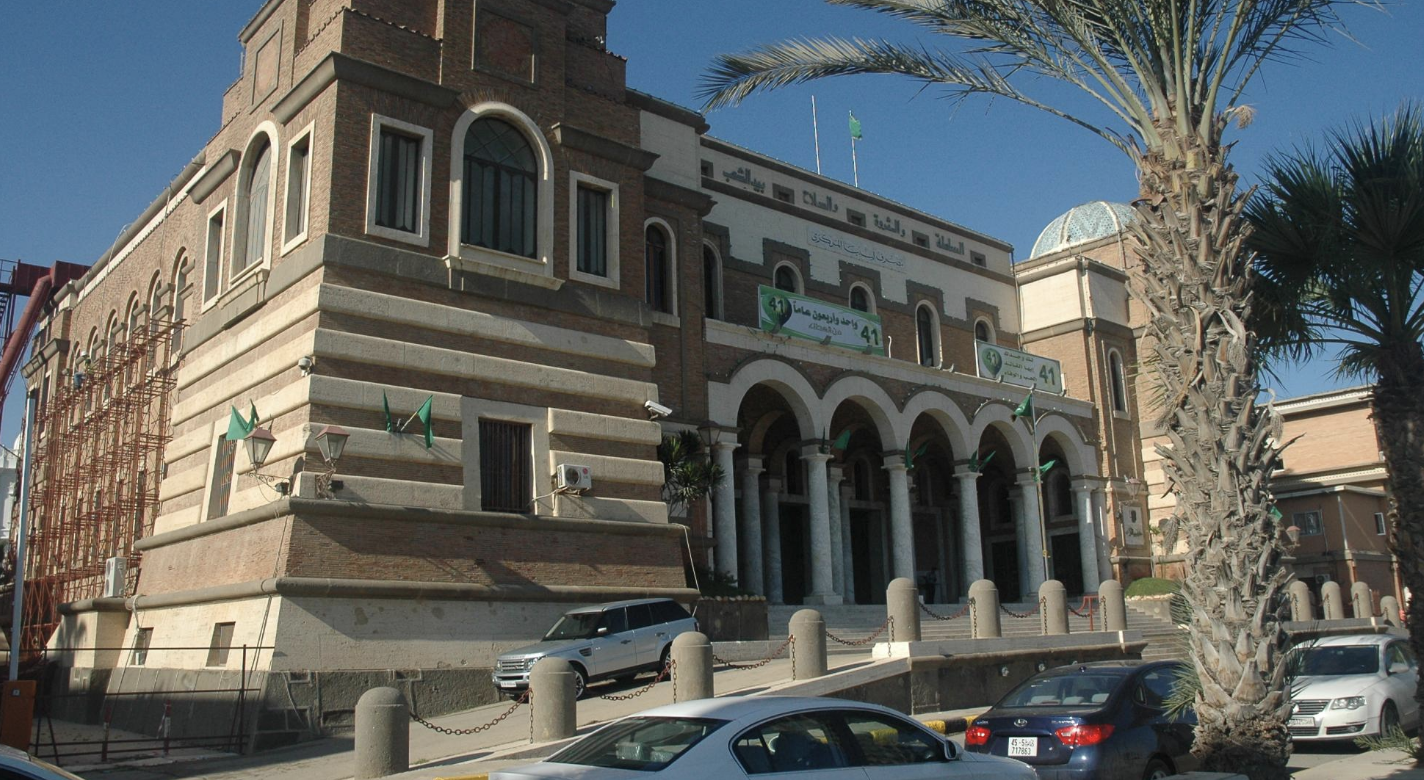
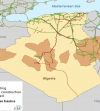


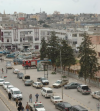

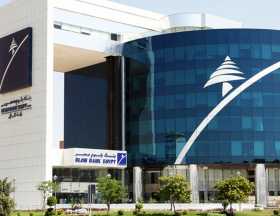

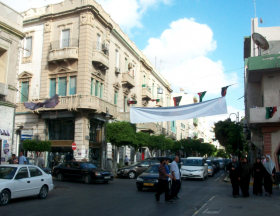
Réagissez à cet article